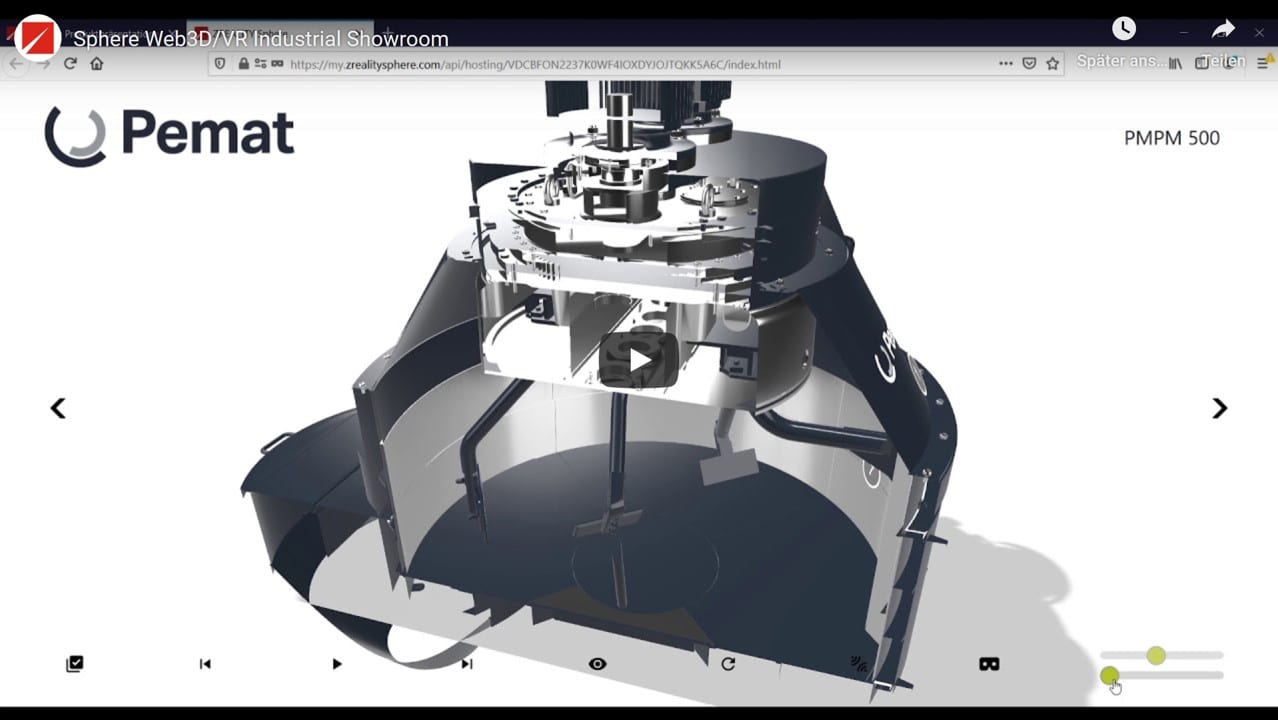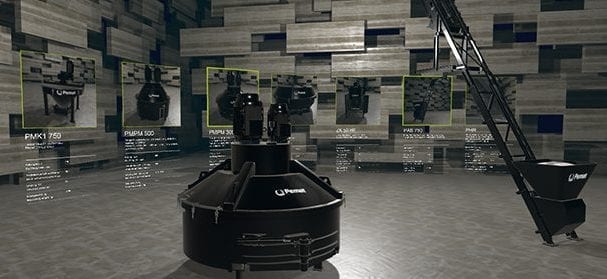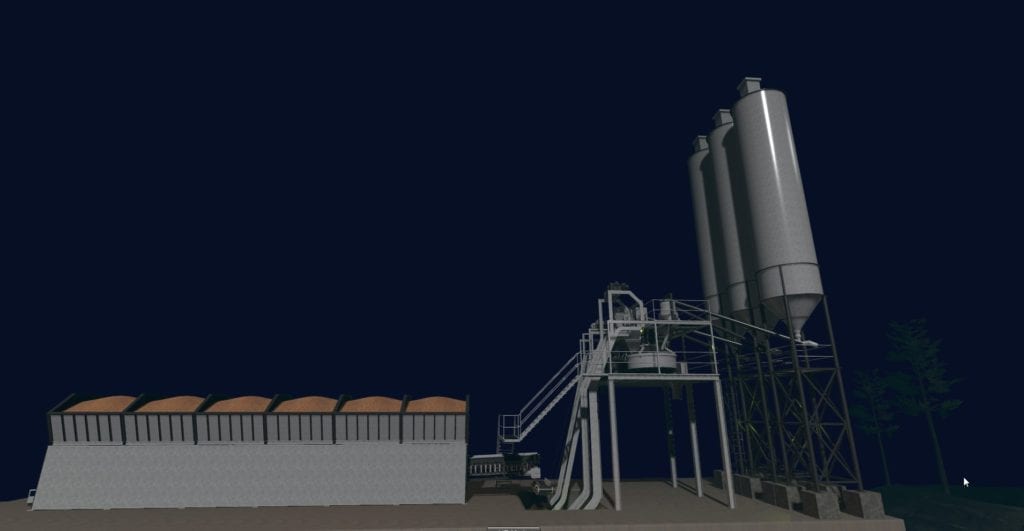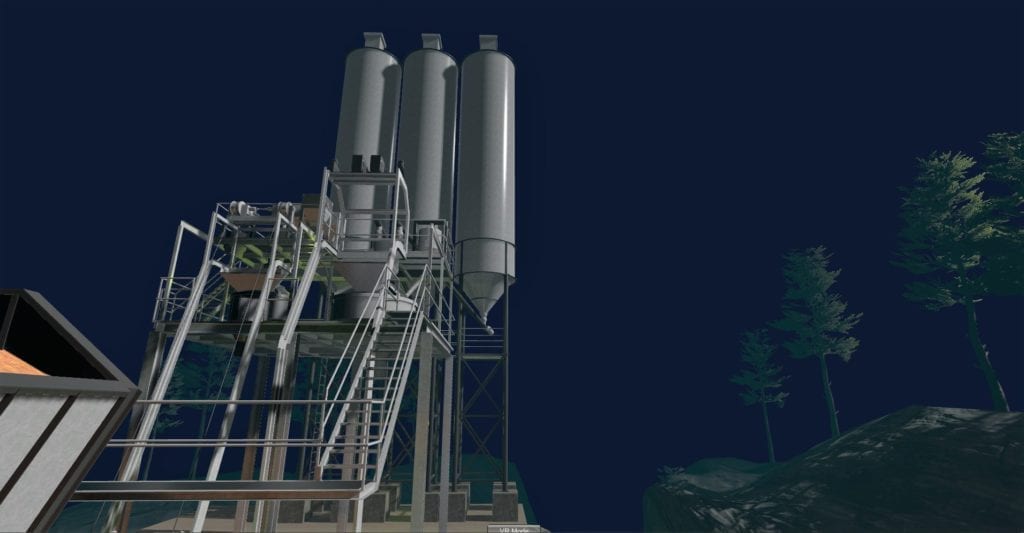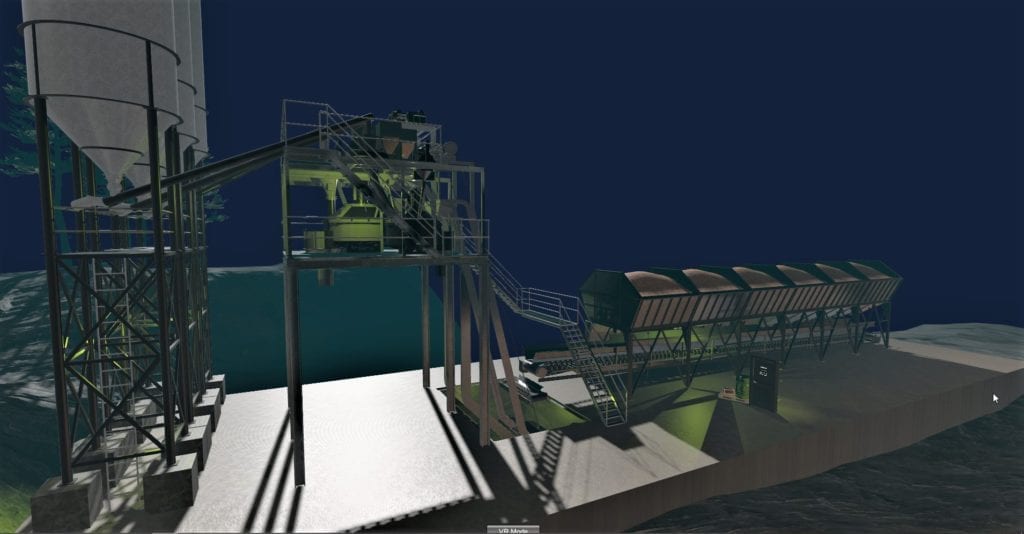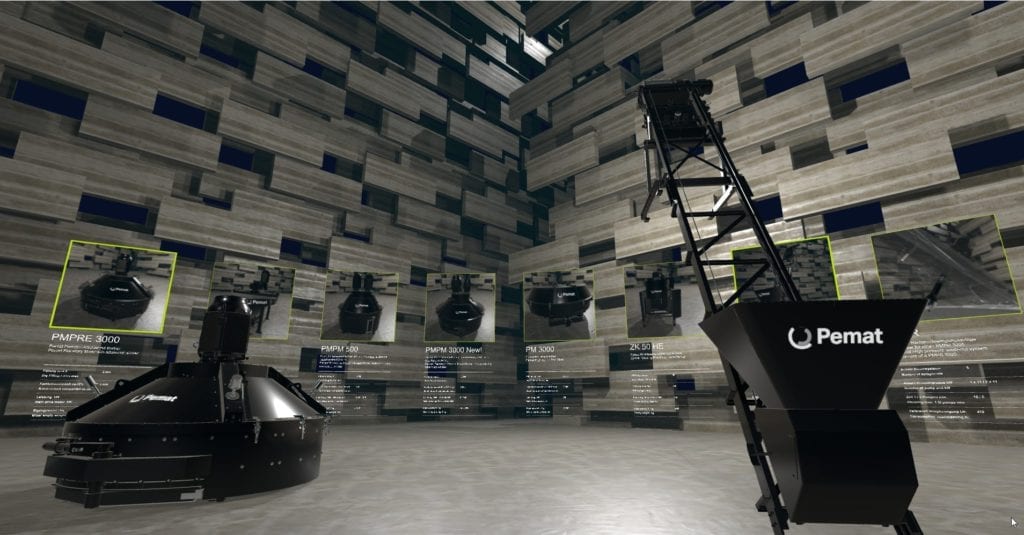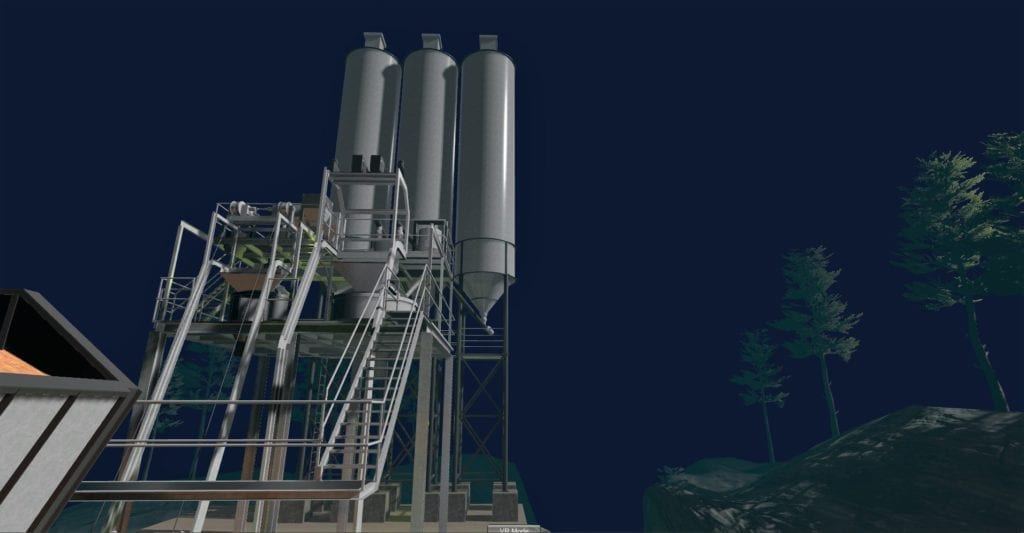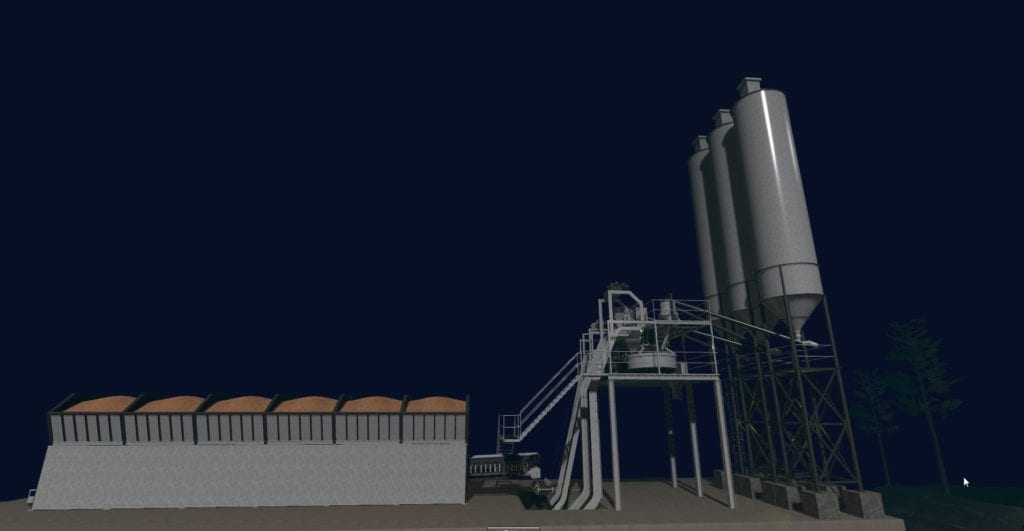To transport screws or jewellery to customers in meetings is no logistical problem. Everything usually fits in a suitcase or on an exhibition stand. The situation is completely different when it comes to companies that produce large machines or entire plants and want to present their products. Concrete mixers, for example, fit poorly in hand luggage. Or do they?
When Thomas Stahl and his colleagues present their products in the Emirates, in Oman, in India or anywhere else in the world, everyone is on fire. The huge mixers and mixing plants that Pemat GmbH produces and sells worldwide are carried by the company manager and his employees in their hand luggage. Of course only in the metaphorical sense, because by using VR technology he can not only visualise them from anywhere, but also bring them to life. Performance and show effects are not left out: Whoever puts on the VR glasses can not only view and walk through the mixing machines in full life size, but also perform a breathtaking virtual stunt at the end of a virtual tour. Of course, if he dares. “We deliberately built in this little thrill,” says Thomas Stahl, “that’s where most people get soft knees. It’s totally fun and we stay in the memory.”
Spectacular worlds of experience
The virtual reality application that the Kaiserslautern-based startup ZReality developed for Pemat is designed to stage products in a virtual showroom. That’s how it works: In a fictitious industrial hall, all the mixers are positioned like in a huge shop. One click on a model and the selected mixer pops up to a life-size one. As in reality, this mixer can now be viewed from all sides and even allows a look inside, where mixing tools, side scrapers and wipers can be seen – even in a macro if desired. If you have seen enough, you can virtually walk through a door to the outside. There is a huge mixing plant – including silos and feeding systems. Pemat also offers these. Access is highly recommended. Those who want to look around, go up the stairs, look into the huge silo and walk through the plant to get an impression of its size: Please. The plant belongs for a few minutes completely to the viewer.
“The whole thing is so real that you think you might really touch the
objects,” says Stahl. And indeed, it’s not uncommon for people to reach
out their hands to grab what they see as they dive into the virtual
showroom. The grip, of course, goes nowhere. The same goes for the jump
from the vertiginous silo to which you are teleported at the end of the
tour. Jumping or not jumping? “Not everyone dares,” says Jochen Rauls,
responsible for digitization and marketing at Pemat, “the situation is
already incredibly realistic and there’s a lot of depth involved.
“The magic word is immersion,” explains Jan Knieriemen, COO at ZReality.
“VR technology is used to create a virtual environment that is
perceived as real. The boundary between reality and fiction is virtually
abolished.”
VR changes everything
A few years ago, Pemat caused a sensation at Bauma, the world’s most important trade fair for construction and mining machinery, with a virtual flight through a mixer. “Three years ago, we were one of the first exhibitors at Bauma with VR,” says Stahl, “and are still the only ones who are taking this technology this far. The technology is revolutionary and turns everything upside down. Virtual Reality creates virtual showrooms where you can present almost anything. Everyone can individually stage their products, interactively, animated, with and without show effects, storytelling – always embedded in a completely individual context. This turns the showrooms into (emotional) worlds of experience. Stahl is of the opinion that VR will completely change the presentation of products in the future: “People like these gimmicks. Above all, one has to think about the generation of tomorrow. Young people want something like this, they are modern and want to see and experience something new and also to be entertained. In addition, they want good access to the product. VR can do all that”.
But that’s not all: Pemat also thinks ahead when it comes to maintenance and service. “We are already conducting training courses with the virtual showroom. The advantage is that in this application you can see everything you want from the mixer,” says Stahl.
Jan Knieriemen from ZReality is also convinced: “VR is the thing of the future when it comes to product presentations. Our showrooms match all products, there are hardly any limits. More and more companies are recognizing how much potential there is in it.” Aren’t they still frightened of the high costs at the moment? “This technology has now reached people’s minds. We are already doing quite well. VR has become much more affordable,” says Knieriemen. “The decisive point is the output and cross-sector benefits of VR as the marketing instrument of the future. That can’t be rated high enough.”
